April 24th, 2024 | By Camille Jasinski
The Hakai Institute Biomolecular Observing Network (HI-BON): A Coordinated Network on B.C.'s Coastal Margin
The Ocean Decade Collaborative Center for the Northeast Pacific has recently kicked off its new series Highlighting Biomolecular Ocean Observing in the Northeast Pacific. Last month we featured the Pacific eDNA Coastal Observatory (PECO), which spans the West Coast from Alaska down to Southern California, collecting annual eDNA samples from seagrass habitat to better understand changing fish distribution. This month we're focusing on the coast of British Columbia, where a local scientific research institution, the Hakai Institute, is bringing together collaborative research efforts with community driven science to learn more about B.C.'s biodiversity and to support stewardship and conservation of marine ecosystems.
The Hakai Institute Biomolecular Observing Network (HI-BON) is a coordinated network of partners and collaborators who use genetic tools to better understand and characterize marine biodiversity - from microbes to invertebrates to fish - in British Columbia. An important component of this research program is the engagement and partnership with community scientists as part of our Integrated Coastal Observatory (ICO). ICO engages citizen scientists, local communities, and organizations to collect eDNA samples in nearshore habitats of interest to them along B.C.’s coastal margin, making it a highly collaborative effort.
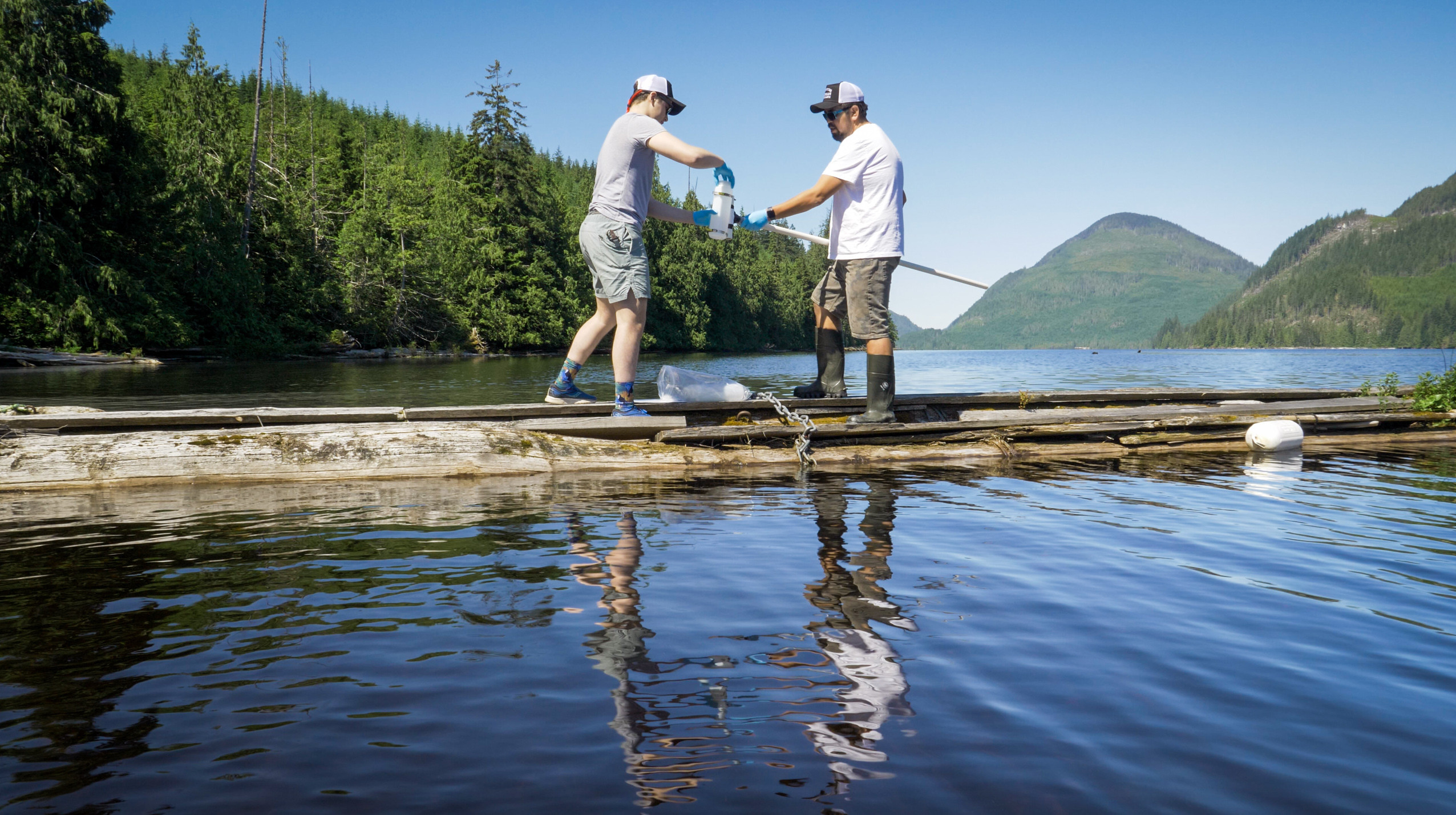
Beginning in 2019, Hakai recognized that there was an appetite for more community science in BC and proposed eDNA sample collection to potential partners, which was met with enthusiasm. ICO project manager, Sue Velazquez, then worked to develop a low-tech eDNA sampling kit that could easily be shipped to partners, including a garden sprayer to create the vacuum necessary to filter the samples. Sue travels around to train partners, and when that isn’t possible Hakai produced a training video to share with ICO partners. Each month, partners receive a kit, collect a set of one liter samples, and then ship the samples and the used kit back to Hakai’s labs on Quadra Island. There, the kit components are cleaned and prepped for the next month and the DNA is extracted from the sample filters. Hakai researchers learned that ICO partners were most interested in the fish diversity in their waters and, as a result, focus on sequencing a genetic marker that targets fish DNA. ICO partners can then explore the data from their sample sites on a website developed to share back summarized data with partners (and the world!).

By partnering with community members in across British Columbia from urban to remote locations, ICO and HI-BON are able to monitor fish diversity in data deficient areas along the coastal margin Because of these community driven sampling efforts, ICO is able to collect data on monthly timescales across a broad geographical range, which is useful for looking at seasonal changes and for monitoring biodiversity through time. Using long-term genetic-based assessment of marine biodiversity to create baselines and track changes through time helps us better understand and measure ecosystem health and the impacts of climate change and other disturbances on marine biodiversity. Obtaining data across this broad geographic range, with this regularity, would be impossible by Hakai scientists alone. While Hakai scientists might be interested in this wider dataset, ICO partners can use their local fish biodiversity data to help inform their own stewardship and management initiatives.
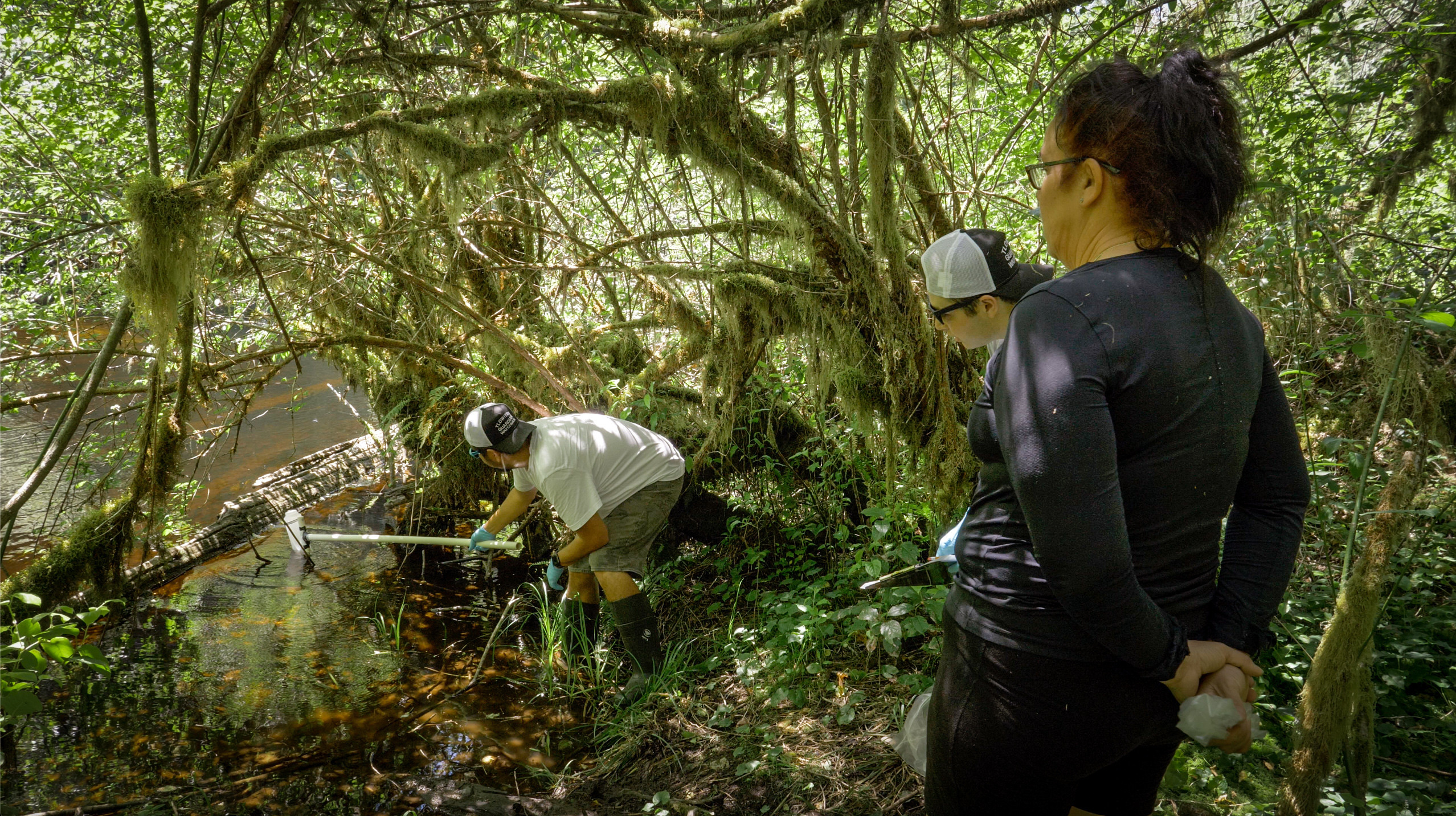
Because the biomolecules collected in an eDNA sample come from a wide range of taxa, everything that was in the water when the sample was collected, a single eDNA sample can be used to target many different taxonomic groups. Making use of this, the taxonomic scope of HI-BON is broad - ranging from microbes to invertebrates to fish. Another important facet of the HI-BON project is its incorporation of biomolecular sampling into Hakai’s Oceanographic Time Series and the tracking of planktonic communities alongside the collection of physical and chemical data from the waters of the Salish Sea and Central Coast of B.C. The ease of biomolecular sampling and the decreasing costs of sample analysis are making it possible to observe ocean life at nearly the same temporal and spatial resolution as physical or chemical data; something that was possible 20 years ago.
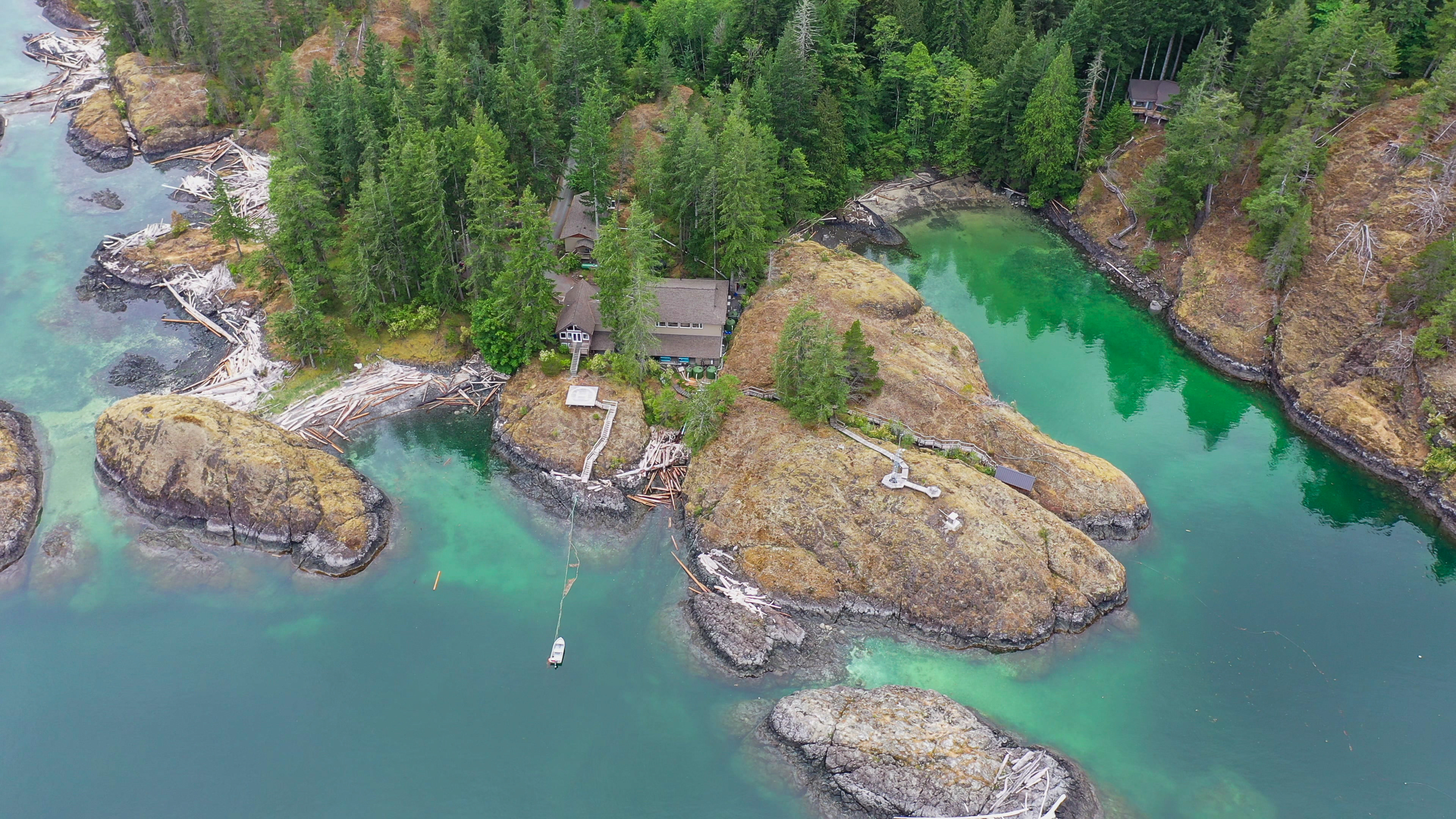
This coupled biomolecular, physical and chemical time series began in earnest in 2015 and samples and data have been continuously collected weekly, from the northern Salish Sea near Hakai’s Quadra Island Facility, and monthly from the Central Coast near Hakai’s Calvert Island Facility. Microbes are a focal group for HI-BON’s oceanographic monitoring. They are an important part of the marine food web and underpin global biogeochemical cycles (think recycling waste and producing nutrients for other ocean life), and track changes in ocean conditions quite well because they can grow and adapt quickly.. With weekly sampling, HI-BON scientists are able to track the tiniest forms of life at timescales relevant for how quickly these microbes grow. Looking at the eDNA of plankton, from bacteria to phytoplankton to zooplankton, and tying that with oceanographic sampling gives the HI-BON project a more diverse, deep and complete understanding of the rich marine biodiversity in B.C., especially how it responds to rapid seasonal change or episodic ocean events, like marine heatwaves, as well as to longer-term, interannual variations in ocean climate.

The Hakai Institute also has been hosting and facilitating BioBlitzes in British Columbia. These are intense, short term survey efforts to catalog all life in a given area during a limited amount of time. The collaborative BioBlitz approach is to try to look where no one else is looking, taking deep dives into subtidal and intertidal habitats to study the rich biodiversity there. These focused and intensive biodiversity surveys make HI-BON stand out as they provide a lot of new data to public biodiversity databases that otherwise wouldn’t be observed. The HI-BON project emphasizes the importance of DNA barcoding - where a standardized region of DNA is sequenced to aid in species discovery and facilitate eDNA reference databases.
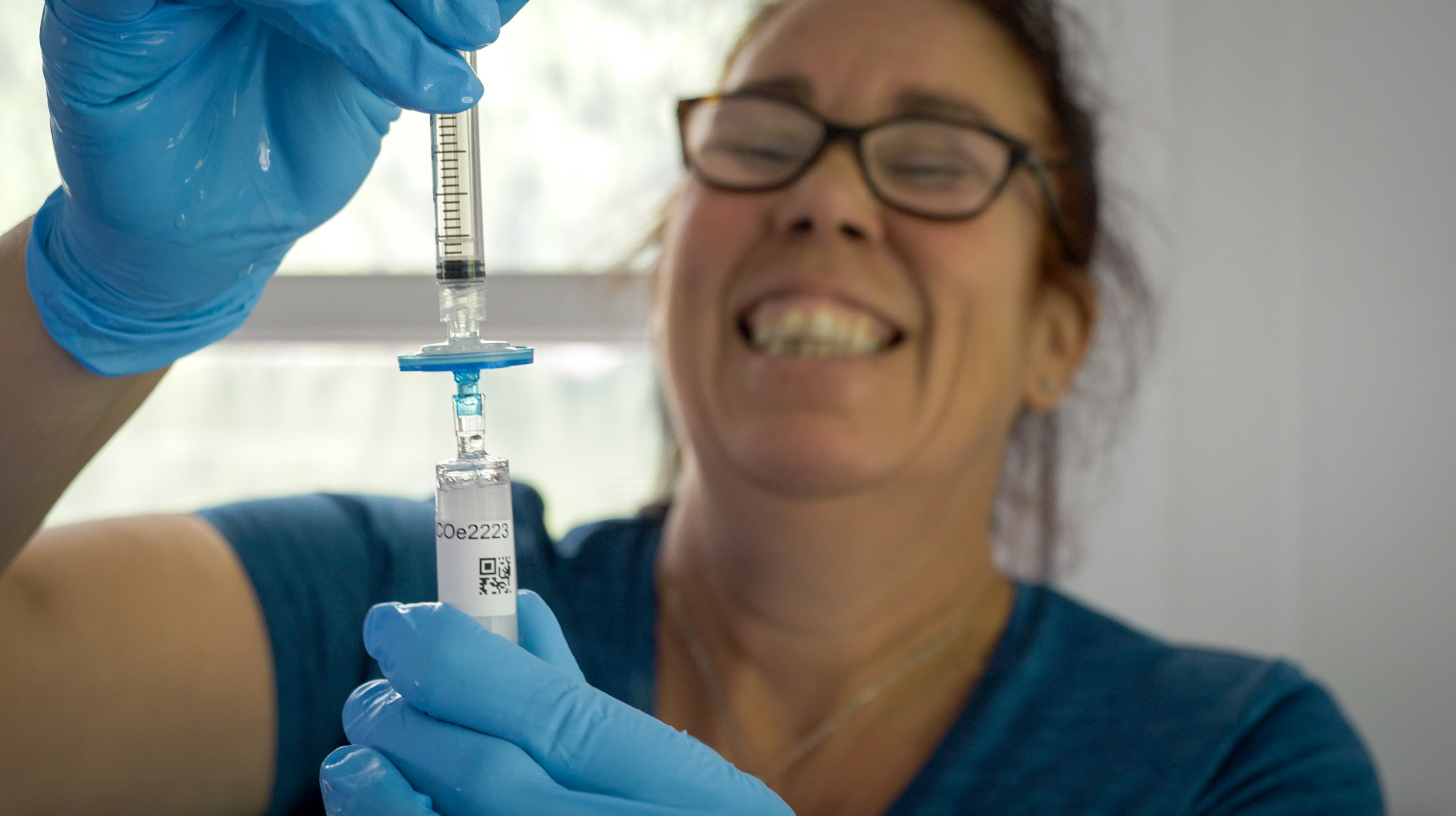
Through the efforts of the HI-BON project, in particular the work of BioBlitzes, significantly understudied marine invertebrate diversity in B.C. is being sequenced and cataloged. HI-BON scientists also partner with other organizations like Fisheries and Oceans Canada to obtain samples from other regions around B.C. where Hakai does not sample, working on- and offshore to sequence specimens and seawater samples, making a concerted effort to sequence as many species as possible and build up the DNA sequence reference databases. HI-BON project partners are still finding a high proportion of species that have not previously been sequenced before, which emphasizes that the whole of biodiversity in this region is understudied. Amazingly, almost 20% of the DNA barcoding of marine invertebrates are new sequences that haven’t previously existed in databases that are now being added thanks to the collaborative and interdisciplinary work being done at HI-BON.
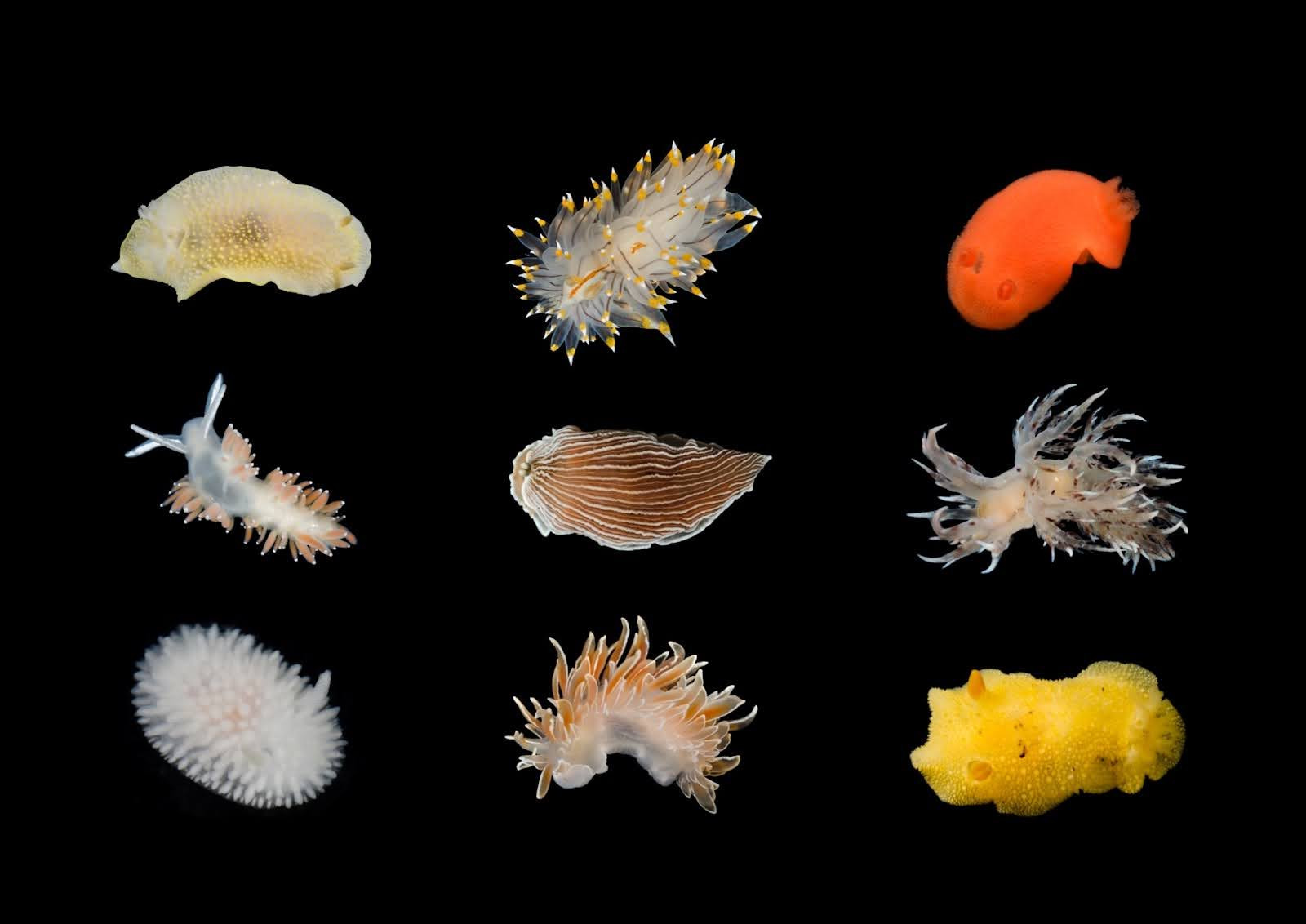
The HI-BON project takes a holistic approach to eDNA work, monitoring biodiversity across all domains of life from a variety of marine habitats. Furthermore, they look at this life from the cradle to the grave - capturing organisms and barcoding DNA, building up global genetic databases with regional specimens, and looking at floating genetic material in the environment as well. HI-BON is committed to biomolecular observing on the B.C. coast using a variety of genetic approaches, and doing it collaboratively with communities to gain a broader regional perspective on marine biodiversity in British Columbia. These data are being used to inform local conservation and management initiatives, particularly in more remote communities. This strong focus on community science has made HI-BON a unique project that has received a lot of enthusiasm from partners in the region.
Thank you to HI-BON partners Dr. Matt Lemay and Dr. Colleen Kellogg for all their efforts on helping put together this blog!